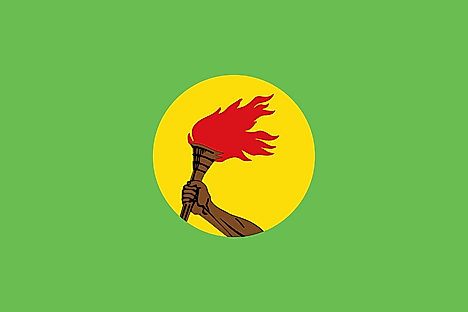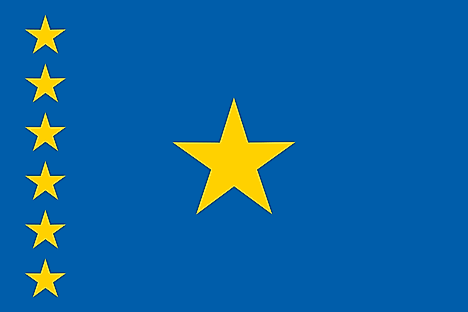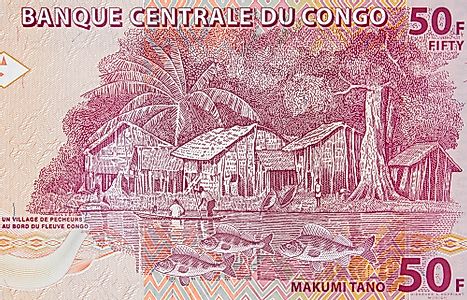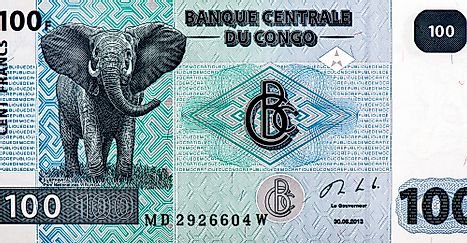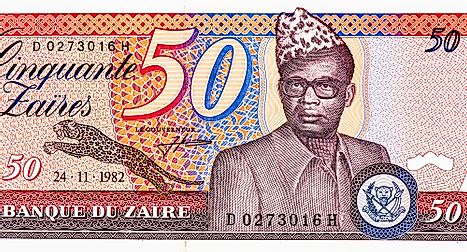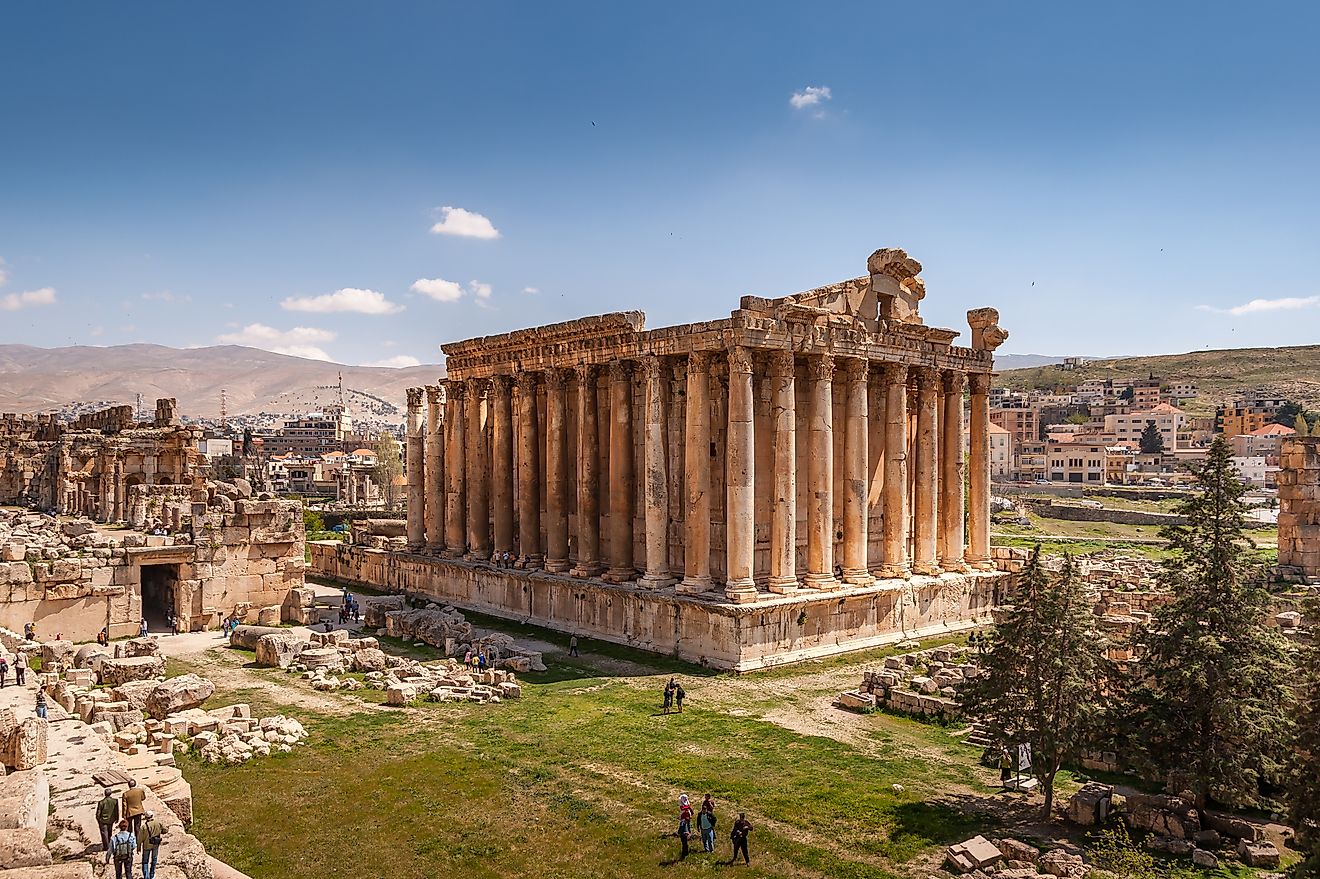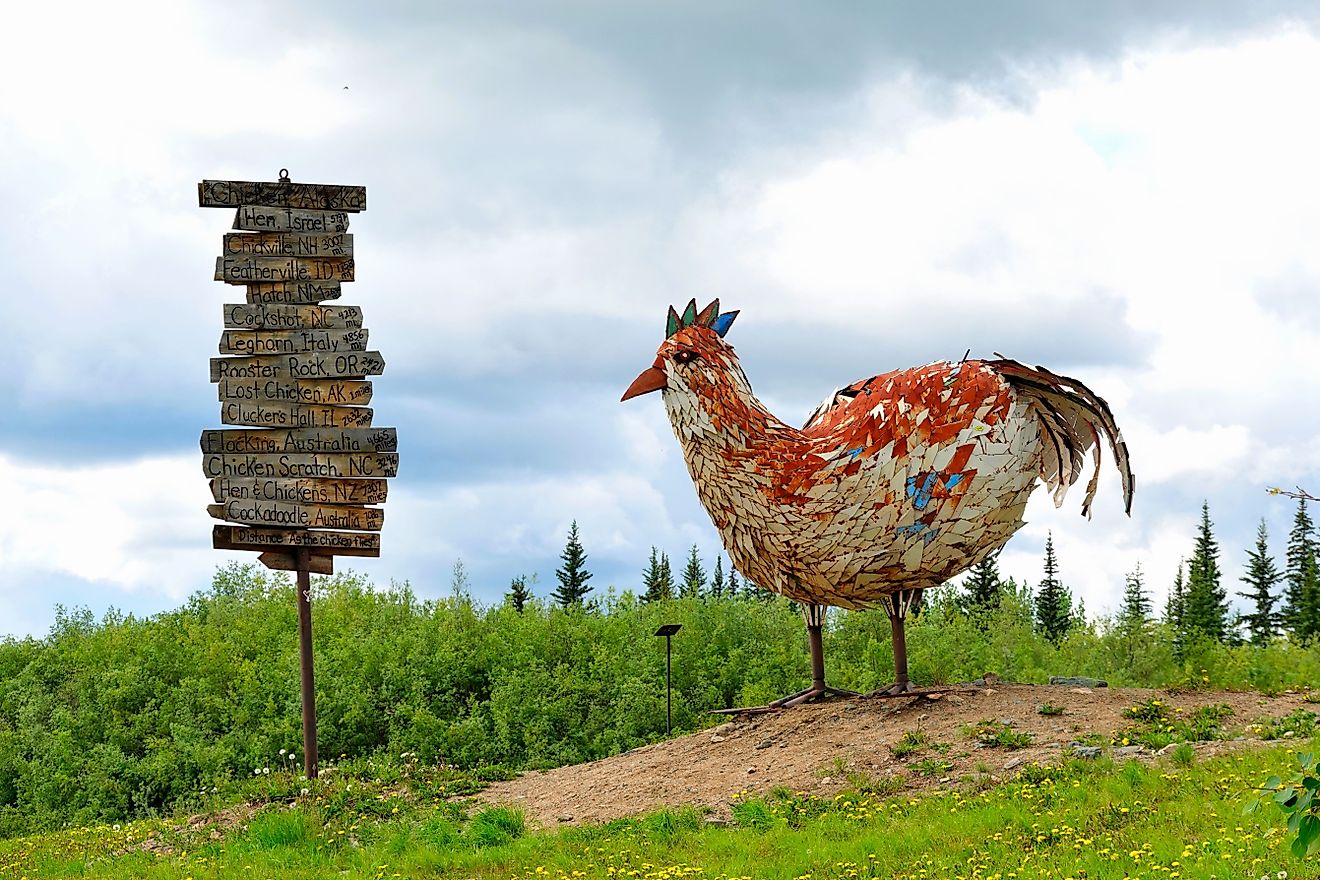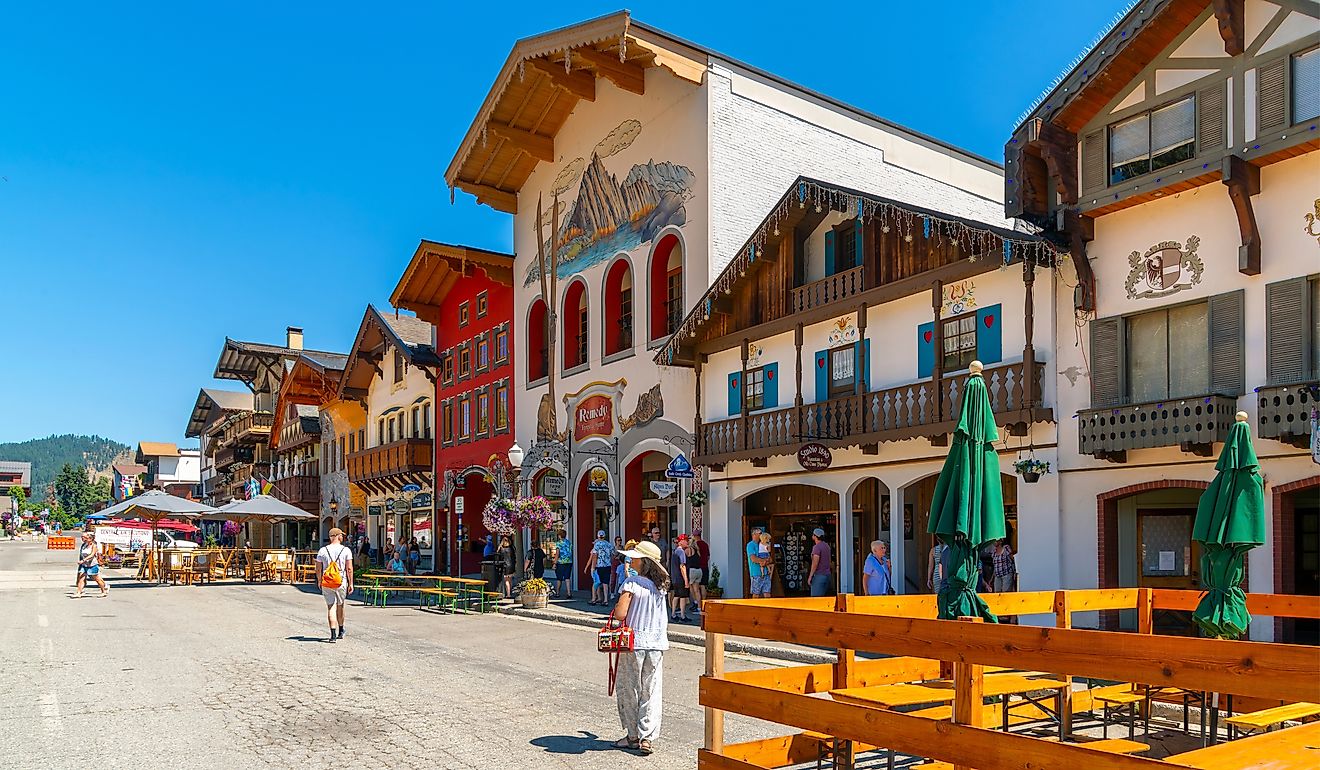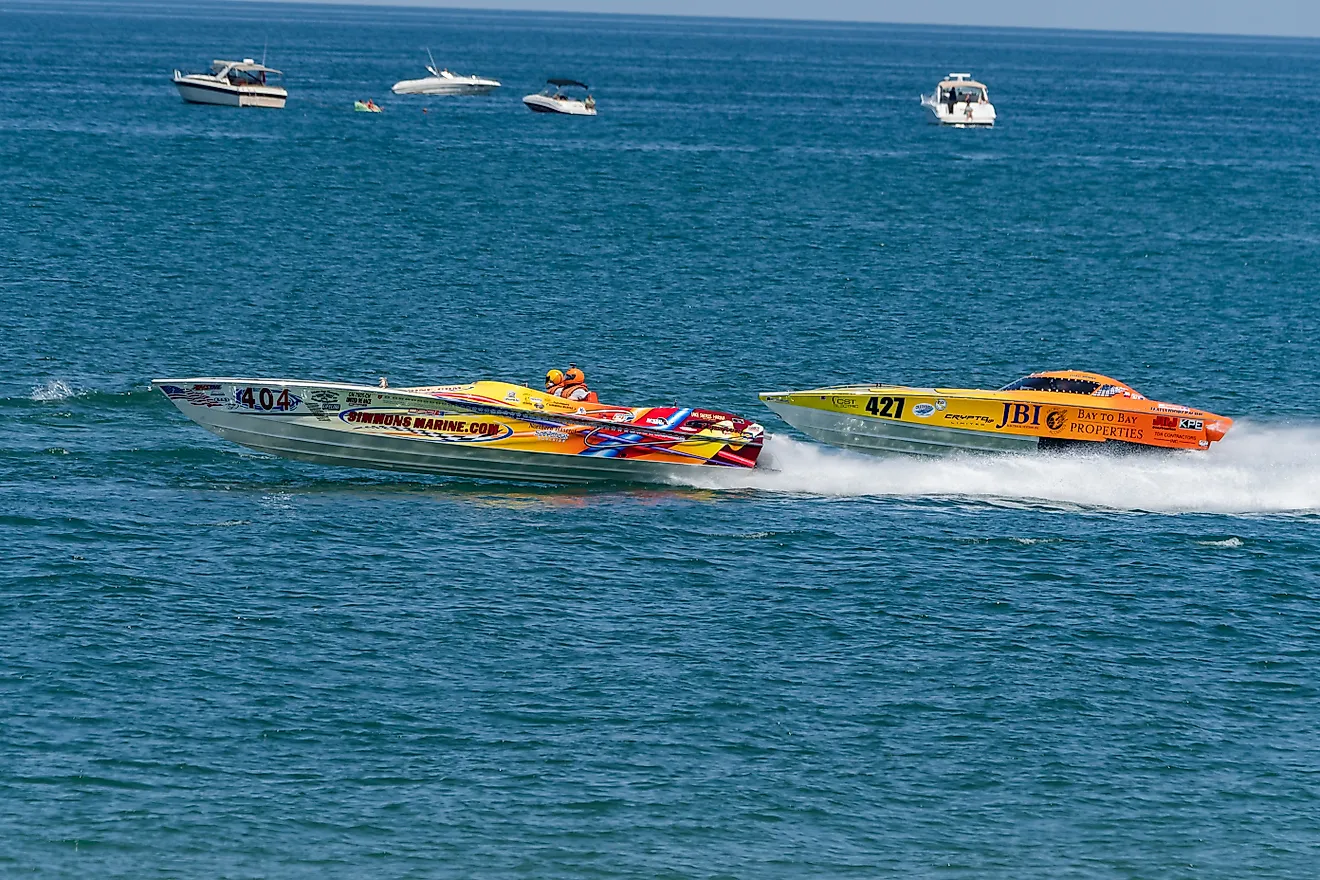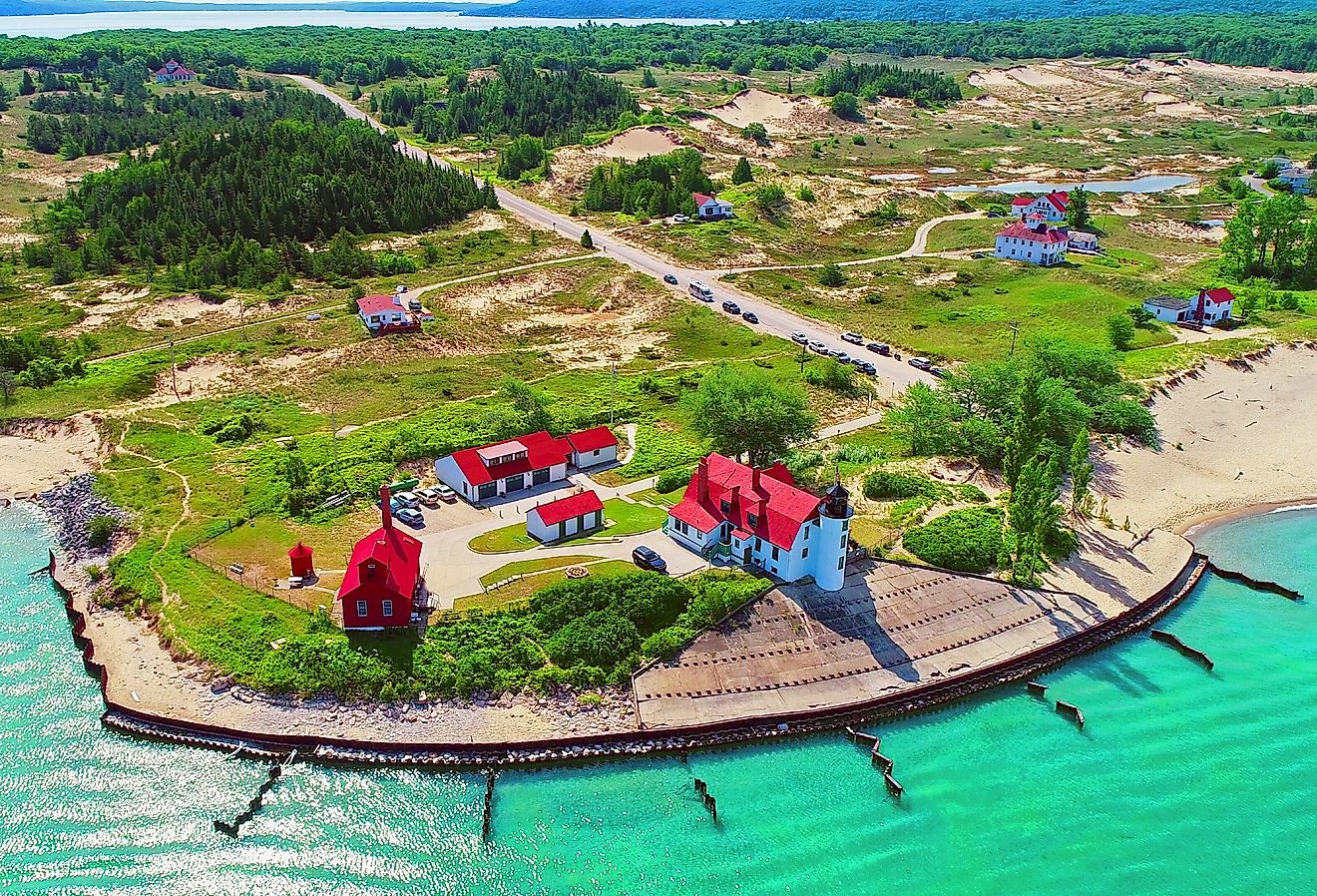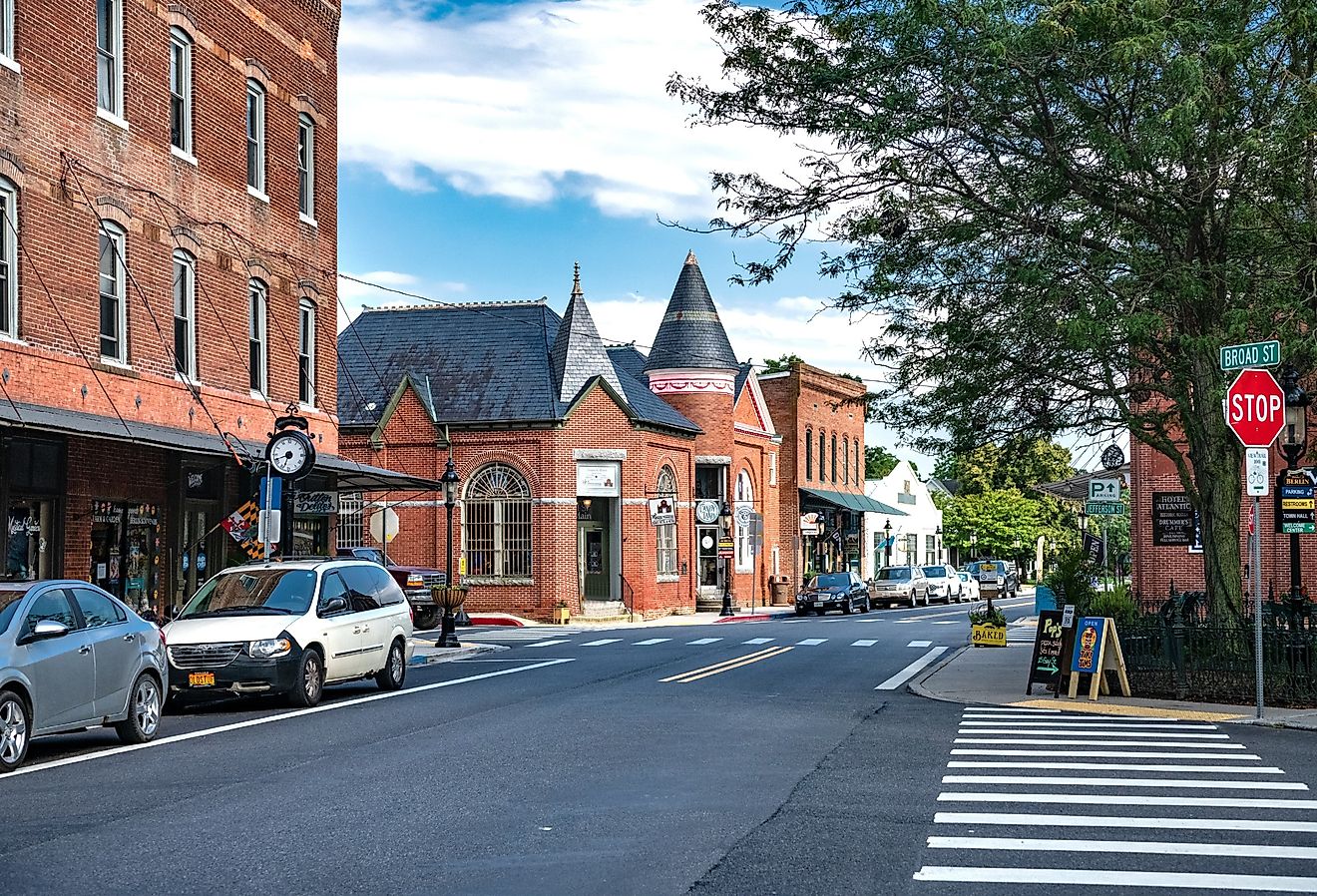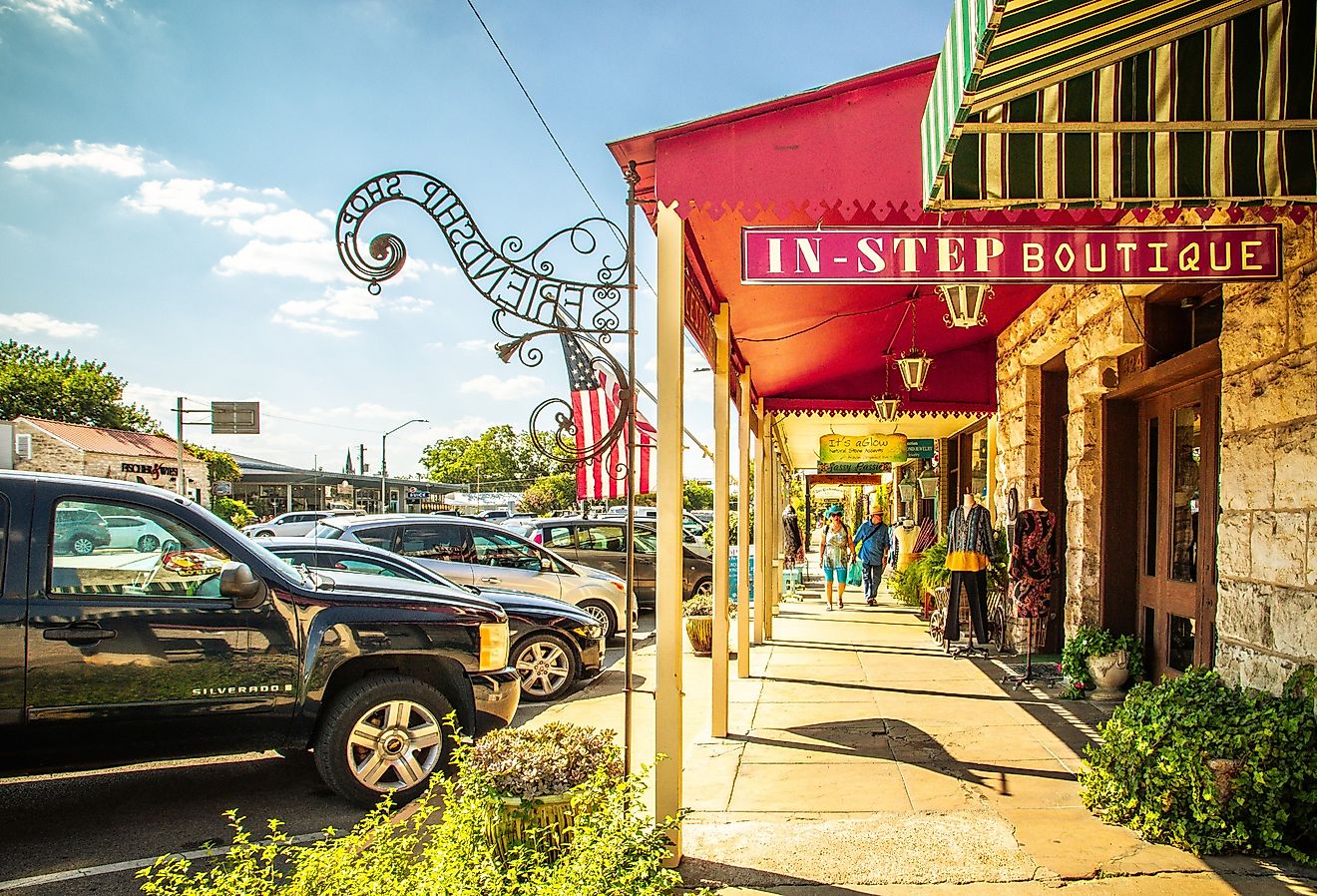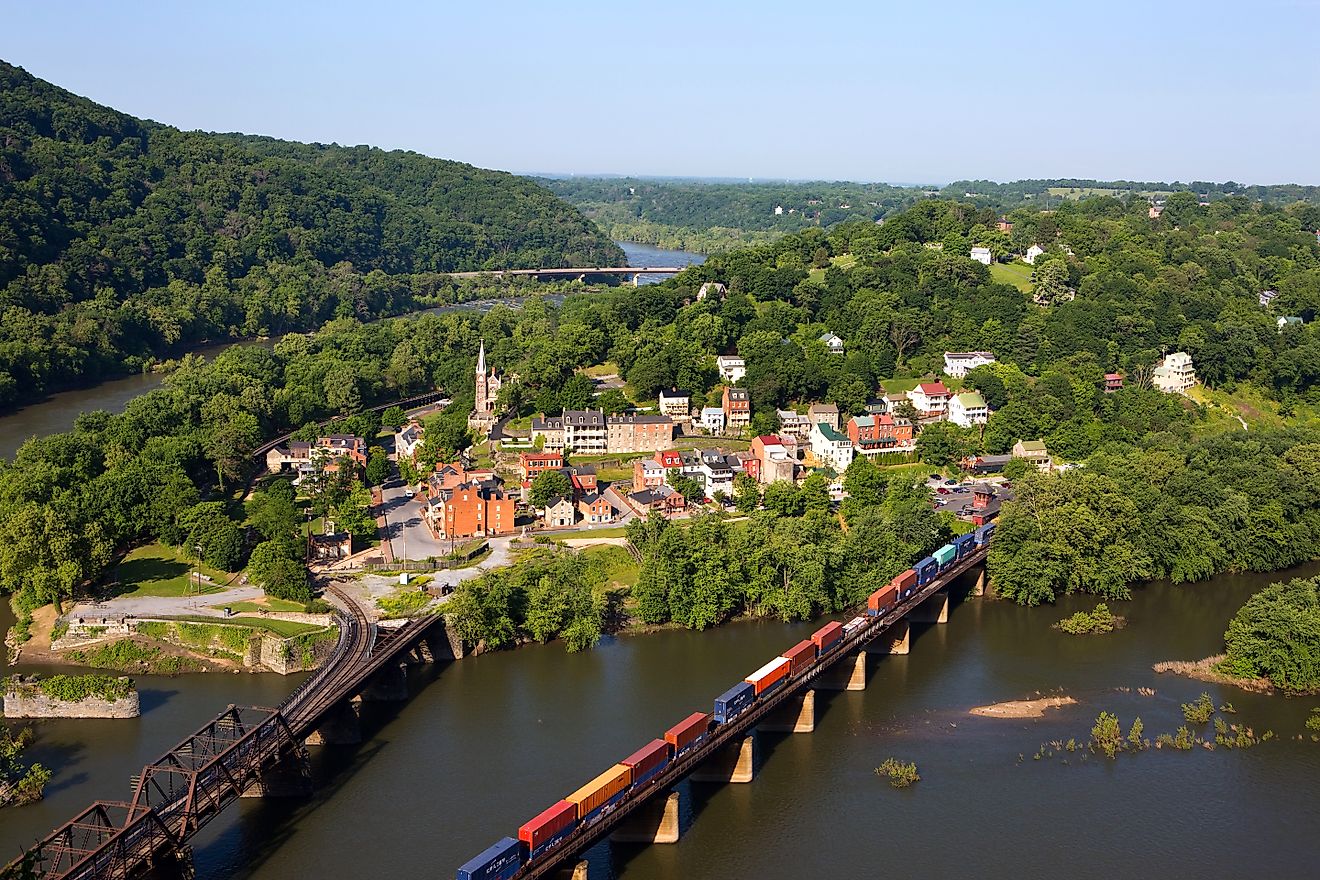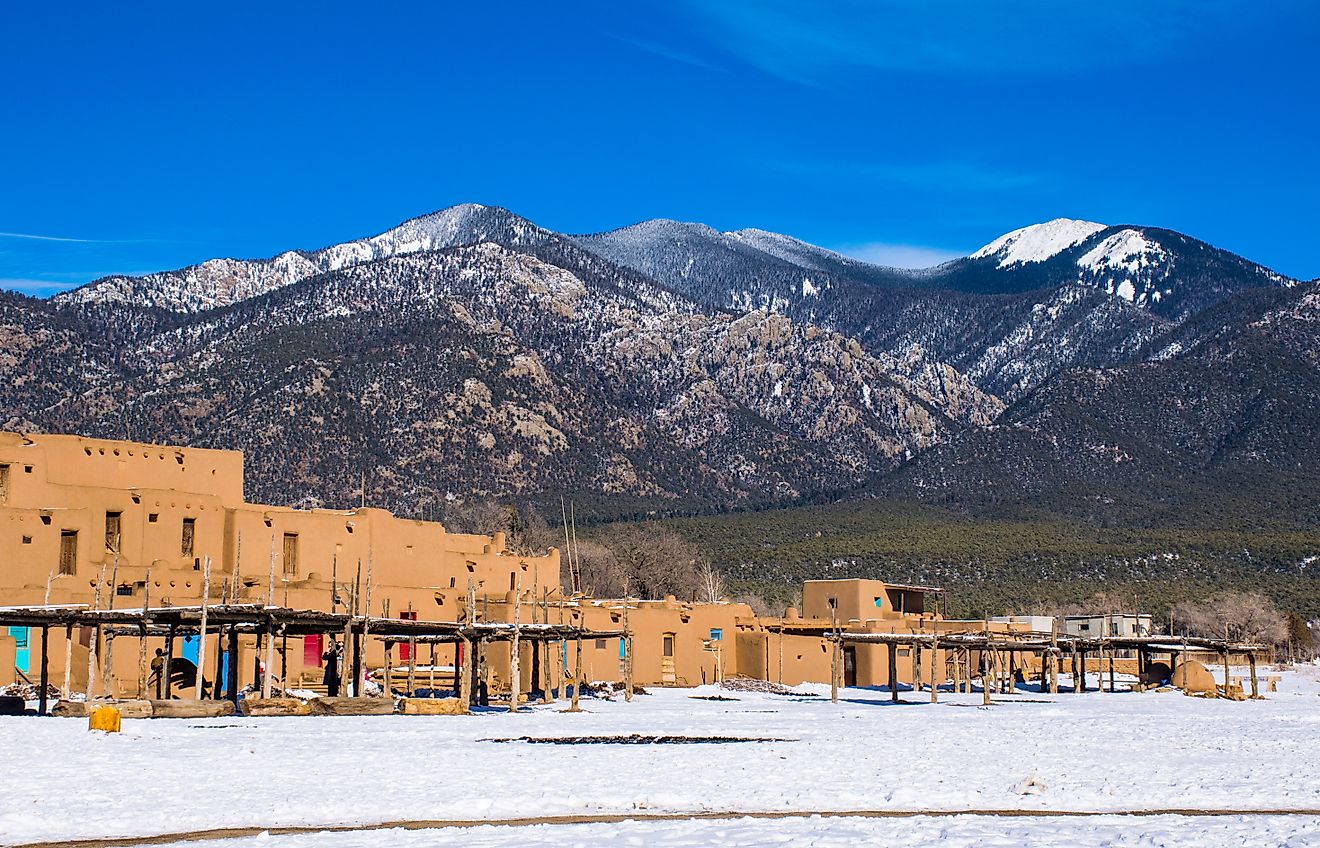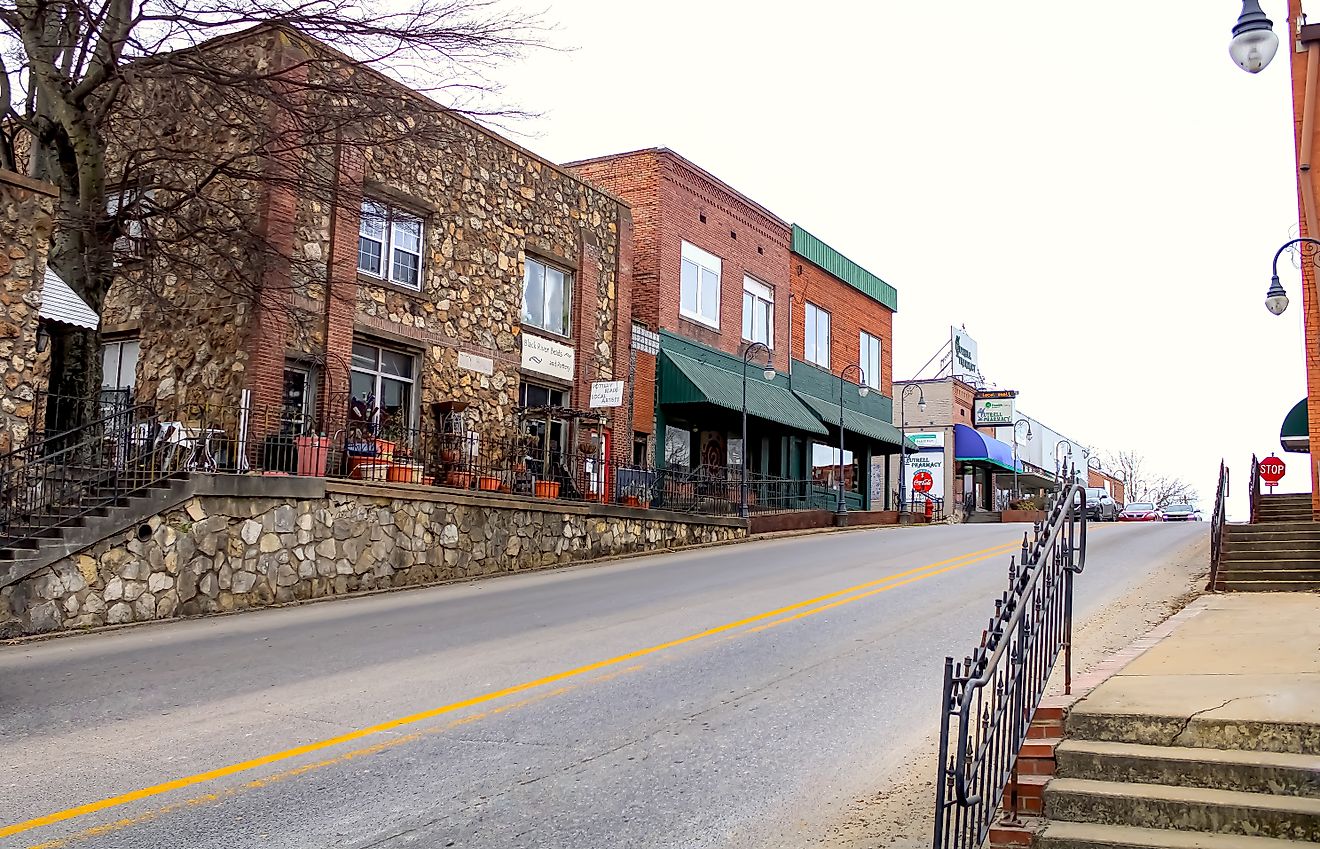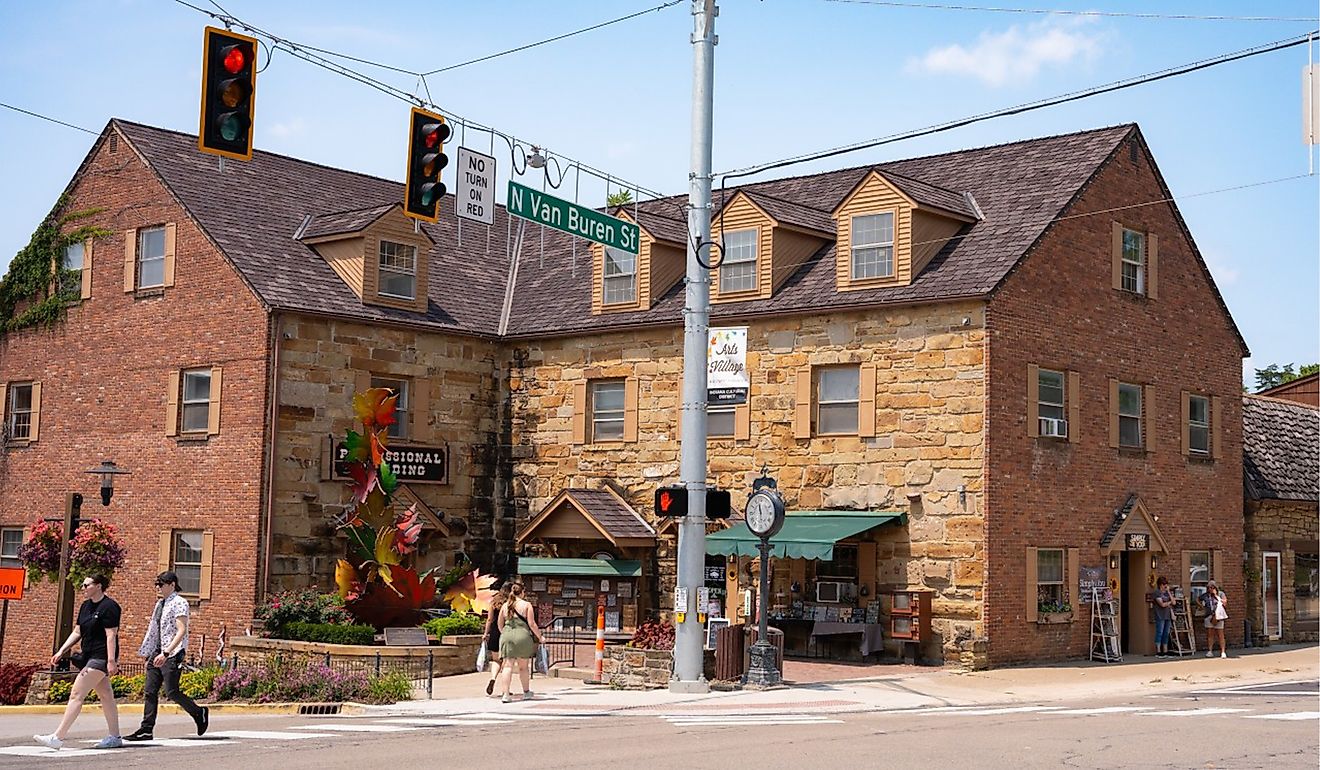Flags, Symbols & Currency of Democratic Republic Of The Congo
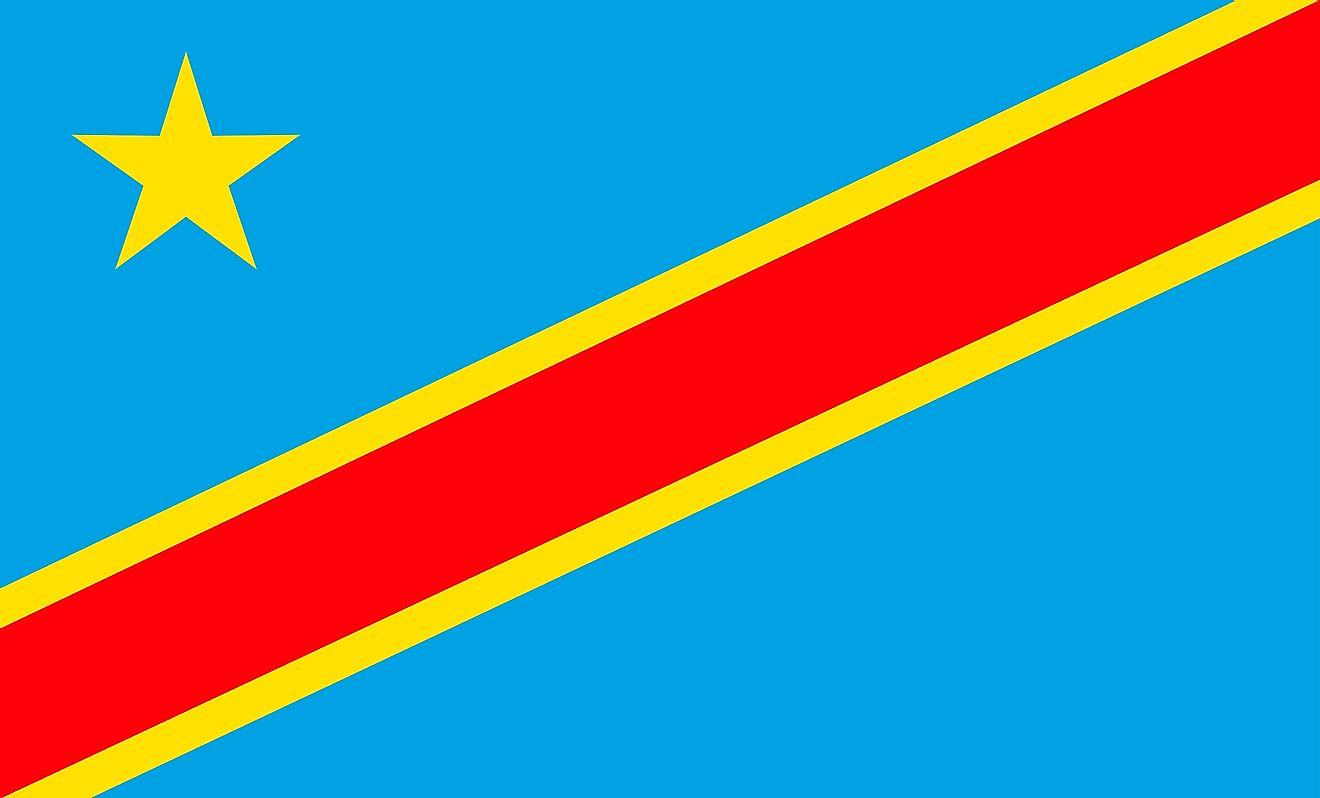
The current national flag of the Democratic Republic of the Congo was officially adopted on February 20, 2006.
The national flag of the Democratic Republic of Congo features a sky-blue background which is divided diagonally from the lower hoist corner to the upper fly corner by a red stripe bordered by two narrow yellow stripes. A five-pointed star appears in the upper hoist corner. The sky-blue color represents peace and hope; the red color symbolizes the blood of the martyrs of the nation; the yellow color represents the wealth and prosperity of the nation; the five-pointed star symbolizes unity and a brilliant future for the country. The flag has a height-to-width proportion ratio of 3:4.
History of the Flag of the Democratic Republic of Congo
The design of the present flag of the Democratic Republic of Congo is derived from the country’s colonial flag. In 1877, this flag represented the Association Internationale Africaine sponsored by King Leopold II of Belgium and in 1908 it formally represented the colony.
Upon its Independence in 1960, a new flag was adopted. A column of 6 stars was added to the hoist side of the flag to represent each of the states of the new nation. After a brief span of 3 years, this flag was replaced. The newly designed flag was in use till 1971 when the nation was renamed Zaire. The nation of Zaire had a flag with a green background and displayed in the center, a hand holding a torch on a yellow disc. This flag was stopped using in 1997 when the nation’s name was changed back to Congo by the new government. The new modern flag had a lighter shade of blue for the background and was officially adopted on February 20, 2006.
Symbols of Democratic Republic Of The Congo
The National Coat of Arms of The Democratic Republic of Congo
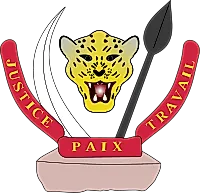
The current official coat of arms of the Democratic Republic of Congo was adopted on February 18, 2006. It features a leopard head bordered by an elephant tusk on the left and a spear on the right. The national motto, "Justice, Paix, Travail" ("Justice, Peace, Work") is displayed on a ribbon below.
National Motto
"Justice, Paix, Travail" ("Justice, Peace, Work")
National Anthem
- Anthem Title: "Debout Congolais" ("Arise, Congolese")
- Music Composer: Simon-Pierre Boka Di Mpasi Londi
- Lyricist: Joseph Lutumba
- Date of Adoption: June 30, 1960; reinstated on May 17, 1997.
"Debout Congolais" ("Arise, Congolese) is the national anthem of the Democratic Republic of the Congo [also known as Telama besi kongo, in the Kongo language]. Upon its independence on June 30, 1960, this anthem became official anthem for the country until October 27, 1971, when it was replaced by La Zairoise. After the First Congo War in 1997, La Zairoise anthem was replaced by Debout Congolais as the official national anthem and was reinstated on May 17, 1997. The music of the anthem has been composed by Simon-Pierre Boka Di Mpasi Londi and the lyrics has been authored by Joseph Lutumba.
"Debout Congolais" (French)
Choir:
Debout Congolais,
Unis par le sort,
Unis dans l’effort pour l’indépendance,
Dressons nos fronts longtemps courbés
Et pour de bon prenons le plus bel élan,
dans la paix,
O peuple ardent, par le labeur, nous bâtirons
un pays plus beau qu’avant, dans la paix.
Verse:
Citoyens, entonnez l’hymne sacré de votre
solidarité,
Fièrement, saluez l’emblème d’or de votre
souveraineté, Congo.
Refrain:
Don béni, Congo des aïeux Congo,
O pays Congo bien aimé Congo,
Nous peuplerons ton sol et nous assurerons
ta grandeur.
Trente juin O doux soleil trente juin du trente juin,
Jour sacré Sois le témoin jour sacré de
l’immortel serment de liberté
Que nous léguons à notre postérité pour toujours.
"Arise, Congolese"
Choir:
Arise, Congolese,
united by fate,
United in the struggle for independence,
Let us hold up our heads, so long bowed,
And now, for good, let us keep moving boldly
ahead, in peace.
Oh, ardent people, by hard work we shall build,
In peace, a country more beautiful than before.
Verse:
Countrymen, sing the sacred hymn of your
solidarity,
Proudly salute the golden emblem of your
soverignity, Congo.
Refrain:
Blessed gift Congo of our forefathers Congo,
Oh country Congo that we love Congo,
We shall people your soil and ensure your
greatness.
30th June Oh gentle sun 30th June of 30th June,
Sacred day Be witness sacred day of the
immortal oath of freedom
That we hand on to our children for ever.
The Currency of Democratic Republic Of The Congo is the Congolese franc
The official currency of the Democratic Republic of the Congo is the Congolese franc (CF, CDF). It was created in 1997 and replaced the zaire. One franc is subdivided into 100 units called centimes. The Congolese franc was produced and circulated by the Bank of the Belgian Congo.
Coins
The first coins that were issued were made from copper or silver, and were produced in varying denominations. Although the Central Bank had issued Congolese franc coins, they are no longer in use because inflation has rendered them valueless.
Banknotes
The Bank of Belgian Congo also issued banknotes in denominations of 10, 20, 100, and 1,000 francs. The highest denominated banknote is worth 20,000 francs.
Historical Currencies of The Democratic Republic of The Congo
In the 19th century, the country had a thriving business of slave-trade. Arab slave traders offered clothes, jewelry, beads, and cowrie shells to slave owners in exchange for the slaves. In 1885, King Leopold II of Belgium took over DR Congo and established a rubber processing industry in the country. As a result of the growing rubber market, the King introduced the Congolese franc as the first official currency of DR Congo. The Congolese franc was useful in the export of rubber since it had the same value as the Belgium franc. DR Congo used the Congolese franc until 1967 when they abandoned it for the zaire.
The zaire was used from 1967-1997 and was issued at the rate of 1 zaire to 1000 Congolese francs. The National Bank of Congo issued brass coins and banknotes which bore the portrait of Mobutu Sese Seko. The currency had a fixed exchange rate to the US dollar, which was set at 2 zaire for 1 US dollar. This led to the emergence of the foreign exchange black market, where zaires were exchanged for foreign currency. Black market operations led to massive inflation in zaire, which significantly hurt the country's economy. In 1997, the country dropped the zaire as its official currency in favor of the Congolese franc. DR Congo went through a civil war from 1997 to 2003, which devastated the country’s economy. This political instability resulted in the loss of value of the Congolese franc. In the past two years, DR Congo's central bank has succeeded in stabilizing the Congolese currency, and its goal is to restore the Congolese franc as the primary currency in DR Congo.
